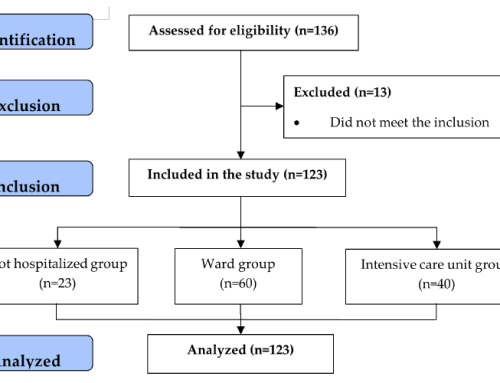ARTICLE. Uriarte JJ, Meirelles T, Gorbenko Del Blanco D, Nonaka PN, Campillo N, Sarri E, Navajas D, Egea G, Farré R.
PLoS One. 2016 Mar 22;11(3):e0152124. doi: 10.1371/journal.pone.0152124. eCollection 2016.
Abstract.
Early morbidity and mortality in patients with Marfan syndrome (MFS) -a connective tissue disease caused by mutations in fibrillin-1 gene- are mainly caused by aorta aneurysm and rupture. However, the increase in the life expectancy of MFS patients recently achieved by reparatory surgery promotes clinical manifestations in other organs. Although some studies have reported respiratory alterations in MFS, our knowledge of how this connective tissue disease modifies lung mechanics is scarce. Hence, we assessed whether the stiffness of the whole lung and of its extracellular matrix (ECM) is affected in a well-characterized MFS mouse model (FBN1C1039G/+). The stiffness of the whole lung and of its ECM were measured by conventional mechanical ventilation and atomic force microscopy, respectively. We studied 5-week and 9-month old mice, whose ages are representative of early and late stages of the disease. At both ages, the lungs of MFS mice were significantly more compliant than in wild type (WT) mice. By contrast, no significant differences were found in local lung ECM stiffness. Moreover, histopathological lung evaluation showed a clear emphysematous-like pattern in MFS mice since alveolar space enlargement was significantly increased compared with WT mice. These data suggest that the mechanism explaining the increased lung compliance in MFS is not a direct consequence of reduced ECM stiffness, but an emphysema-like alteration in the 3D structural organization of the lung. Since lung alterations in MFS are almost fully manifested at an early age, it is suggested that respiratory monitoring could provide early biomarkers for diagnosis and/or follow-up of patients with the Marfan syndrome.












Leave a Reply